Volkswagen ID.4 - Review, Specs, Pricing, Features, Videos and More
Pros | Spacious and airy interior, affordable pricing, feels like a "regular" car |
Cons | Capacitive touch controls, limited availability, lacks stand-out features |
Bottom Line | The ID.4 is the peoples' electric car, pleasantly inoffensive but risks blending into the crowd. The base model is a particularly strong value. |
Table of contents
- Video - Volkswagen ID.4 Vs Toyota BZ4X Comparison
- Volkswagen ID.4 Vs Toyota BZ4X Comparison
- Best Electric SUV: Testing 8 New EVs
- BEST ELECTRIC SUV | Testing 8 EV SUVs
- 2023 Volkswagen ID.4 First Drive Review: Locally Sourced, Base is Ace
- Toyota bZ4X vs Volkswagen ID.4: Which SUV EV is Right for You?
- Detailed Specs
- Our Final Verdict
Video - Volkswagen ID.4 Vs Toyota BZ4X Comparison
Volkswagen ID.4 Vs Toyota BZ4X Comparison

For years, both Volkswagen and Toyota fought for the title of largest automotive company in the world.
Yet, at least in North America, both brands have taken their time embracing all-electric models. That’s set to change over the next few years, and the ID.4 and bZ4X represent their respective automakers first moves into the EV space here. Both target the lucrative small SUV segment, but like the Tiguan and RAV4, they go about it in very different ways.
Click here to read the full comparison.
Best Electric SUV: Testing 8 New EVs

The world of electric vehicles can be confusing for first time buyers. New vehicles are being introduced all the time with unusual names. Just about every major auto manufacturer has joined the party, and in a variety of sizes.
To help consumers sort through the various offerings, we’ve gathered eight all-electric mainstream SUVs. Instead of our usual head-to-head comparison, we’re offering more of a segment overview as to what each of these options bring to the vehicular table.
Read the full comparison feature here.
BEST ELECTRIC SUV | Testing 8 EV SUVs
2023 Volkswagen ID.4 First Drive Review: Locally Sourced, Base is Ace

Volkswagen is really taking the “shop local” mindset seriously with the refreshed 2023 ID.4 EV.
When sales started a year and a half ago, North America got its goods from the same place everyone else did: the Zwickau-Mosel plant in Germany. It was, to put it simply, a bottleneck, even before the industry-wide supplier shortages. After an $800-million dollar investment in Chattanooga, Volkswagen has adapted its production facility there to not only build the ID.4, but the batteries that power it. To mark the occasion, the brand has tweaked the ID.4 for the 2023 model year, creating a package unique to North America. Not only that, the Peoples’ Car people have also added a more affordable, smaller-battery option to anchor the lineup.
The changes don’t dramatically alter VW’s dedicated electric SUV. Instead, the result is a quietly competent choice in an increasingly competitive segment. Factor in a bargain price tag—and the possibility of even further rebates in Canada and the US—and the 2023 VW ID.4 has become one of the most appealing packages on the market.
Toyota bZ4X vs Volkswagen ID.4: Which SUV EV is Right for You?

Two of the latest all-electric SUVs to hit the market come from the same source.
The Toyota bZ4X and Subaru Solterra are co-designed between the two manufactures, which is readily apparent when the vehicles are parked side-by-side. Despite the obvious similarities, there are some differences in this Toyota bZ4X vs Subaru Solterra sibling rivalry. Below we break down the features, specifications, and capabilities to help you decide which of these EVs is the right fit for you.
Detailed Specs
| Price | $41,230 - $49,410 |
| Motor | Single Motor / Dual Motor |
| Power | 201 hp / 295 hp |
| Torque | 229 lb-ft / 339 lb-ft |
| Drivetrain | RWD / AWD |
| Transmission | Single-Speed Automatic |
| Efficiency (city/hwy) | 100–116 MPGe / 90–98 MPGe |
| Cargo Capacity | 30.3 cu ft |
Our Final Verdict
Volkswagen ID.4
Overall | 3.9 |
| Performance | 7.0 |
| Features | 8.0 |
| Comfort | 8.0 |
| Quality and Styling | 8.0 |
| Value | 8.0 |
More by AutoGuide.com Staff



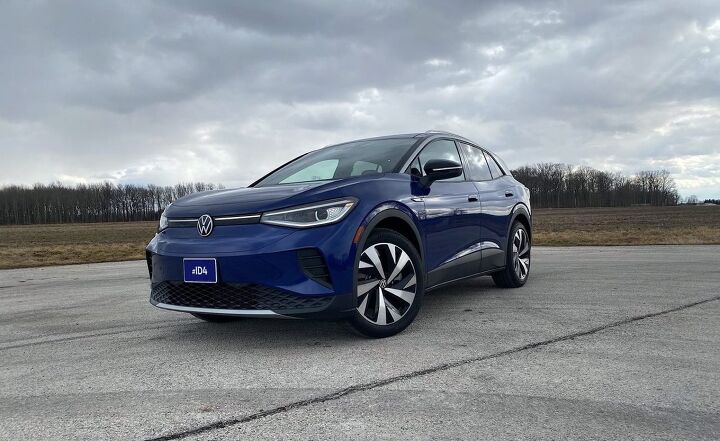















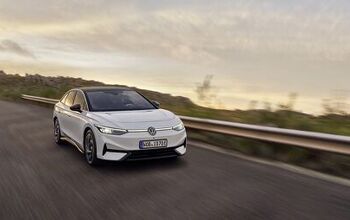
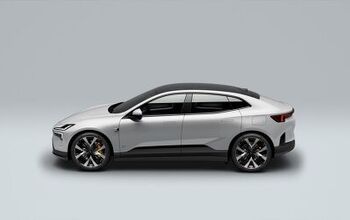


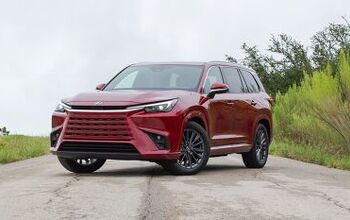



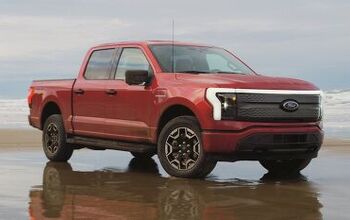



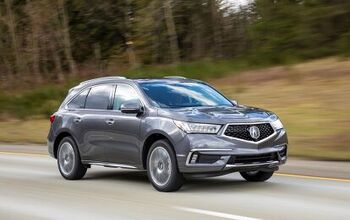
Comments
Join the conversation